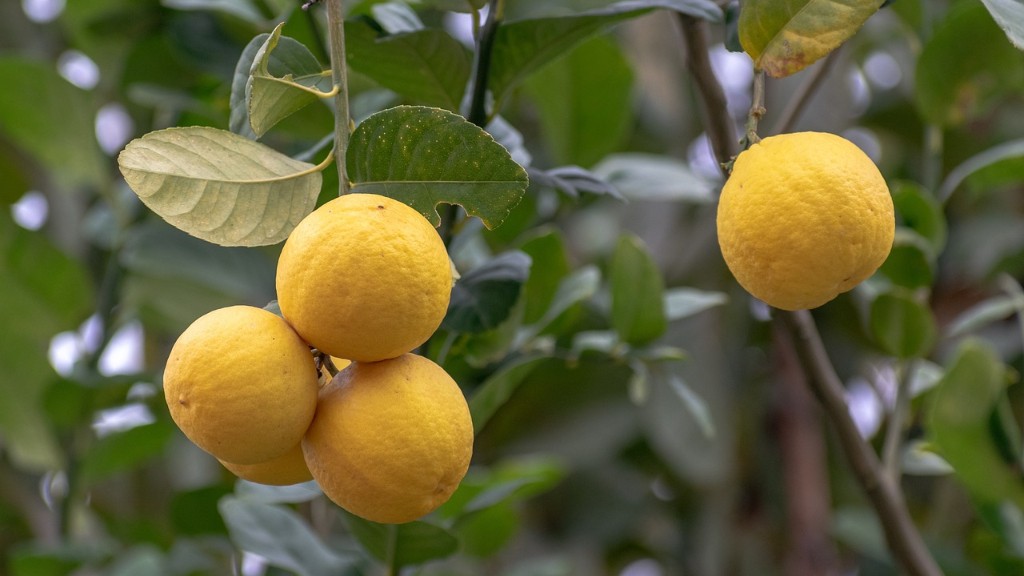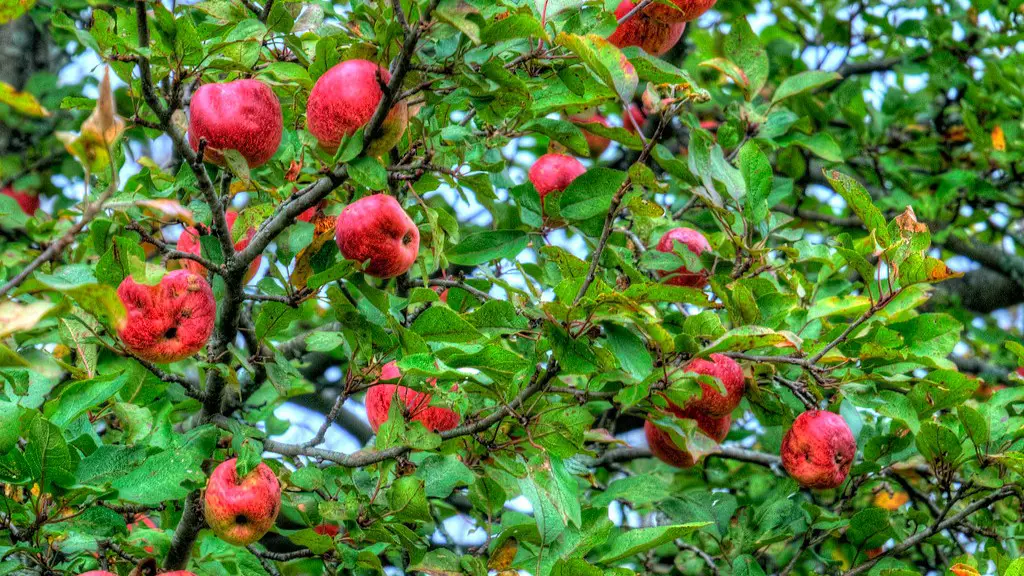Avocado trees are popular among vegans and health-conscious people due to their high content of essential fatty acids, vitamins, and minerals. In addition to the healthful qualities of their fruits, avocado trees also provide a stunning addition to landscapes with their evergreen leaves and lovely blossoms. But how long does it take for an avocado tree to bear fruit? Read on to find out.
The answer to how long does an avocado tree take to bear fruit will depend on a few factors such as the age of the tree and its variety. In general, young avocado trees will begin to bear fruit within 2 to 5 years from planting and a mature tree can bear fruit in as little as 7 months. However, some varieties may take a bit longer, so it is important to understand the particular tree’s characteristics before purchasing or planting it.
Avocado trees need both sunlight and water. On average, avocado trees require between 25 and 50 gallons of water a week, depending on soil type and temperature. For best results, they should be planted in a location where they receive full sun most of the day – 8 to 10 hours is ideal. Pruning is also necessary to help maintain a healthy tree by encouraging full and even growth.
Proper nutrition is essential for an avocado tree to grow and bear fruit. Avocado trees need well-draining soil that is rich in organic matter. Additionally, avocado trees should be fertilized with a balanced NPK fertilizer twice a year to ensure proper nutrient uptake. The addition of micro-nutrients is also beneficial for optimal growth in new trees.
Finally, it is important to note that temperatures play a large part in the growth of avocado trees and their ability to produce fruit. Avocado trees will typically stop growing and bearing fruit if temperatures drop below 50˚F, so it is important to plant and grow your tree in a climate that is suitable for it.
Soil Requirements
Soil requirements also play an important part when it comes to avocado tree growth and production. Well-draining soil is essential, as avocado trees are prone to root rot if left in waterlogged soils. Avocado trees also need a pH of between 6.0-7.0, as soils with a higher or lower pH will inhibit the tree’s growth. Additionally, the soil should have good aeration and be free of compaction.
The Harvest
Once the avocado tree has matured and is ready to bear fruit, it is important to harvest the avocados according to thestage of ripeness. Avocados can be harvested when they are unripe, but this can be difficult to judge if you are not familiar with the process. Generally, unripe avocados should be harvested when the skin is still green and should be refrigerated until ripe.
When selecting a ripe avocado, simply give it a light squeeze. A ripe avocado should be firm but yield slightly to pressure and if it is too soft, then it likely won’t be good to eat. Once harvested, avocados can be stored for up to one week in the refrigerator.
Pests and Disease
Avocado trees are susceptible to a variety of diseases, pests, and environmental problems. The most common of these include avocado root rot, anthracnose, Phytophthora root rot, and sunburn. To help prevent these issues, proper care and maintenance of the tree is essential. Pruning, fertilization, and irrigation should be done according to the tree’s needs and the soil should be monitored regularly.
In addition to proper care and maintenance, it is important to monitor for pests such as avocado lacebugs, mites, and scale insects. These pests can cause a variety of problems, from stippling of the leaves to fruit drop, and should be treated as soon as possible. Chemical controls are available, but it is important to use them sparingly and avoid contact with the fruits.
Tips for Success
There are a few tips to remember when it comes to successfully growing an avocado tree. Shade trees such as oaks and sycamores should be planted to provide some afternoon shade to protect the avocado fruit from sunburn. Additionally, mulching the tree will help to keep the roots cool and prevent weeds from competing for water and nutrients.
It is also important to prune the avocado tree regularly to maintain the desired shape and encourage full and even growth. Finally, Water deeply but infrequently – once per week is generally sufficient – and apply a balanced fertilizer twice a year. Following these tips will help ensure a healthy and productive avocado tree.
Grafting
Grafting is another technique that can be used to help an avocado tree bear fruit faster. Grafting involves joining two different plant entities, usually the scion, or top part of the tree, and the rootstock, or the base part of the tree. Grafting has been found to accelerate fruit production in some varieties, while some varieties do better with seed propagation.
When grafting, it is important to select a scion that is compatible with the rootstock. Additionally, the graft must be done properly to ensure a strong bond between the rootstock and the scion and to prevent disease and pests from entering the tree. It is advisable to consult a professional before attempting a graft.
Summary
In summary, the amount of time it takes for an avocado tree to bear fruit will depend on a few factors such as the age of the tree, variety, and climate. However, on average, young trees will begin to bear fruit within 2 to 5 years and a mature tree can bear fruit in as little as 7 months. Proper care and maintenance, as well as proper fertilization and nutrition, are essential for a healthy and productive tree. Additionally, grafting can be used to help accelerate the fruiting process. With the proper care and attention, an avocado tree can provide years of delicious and nutritious fruit.


